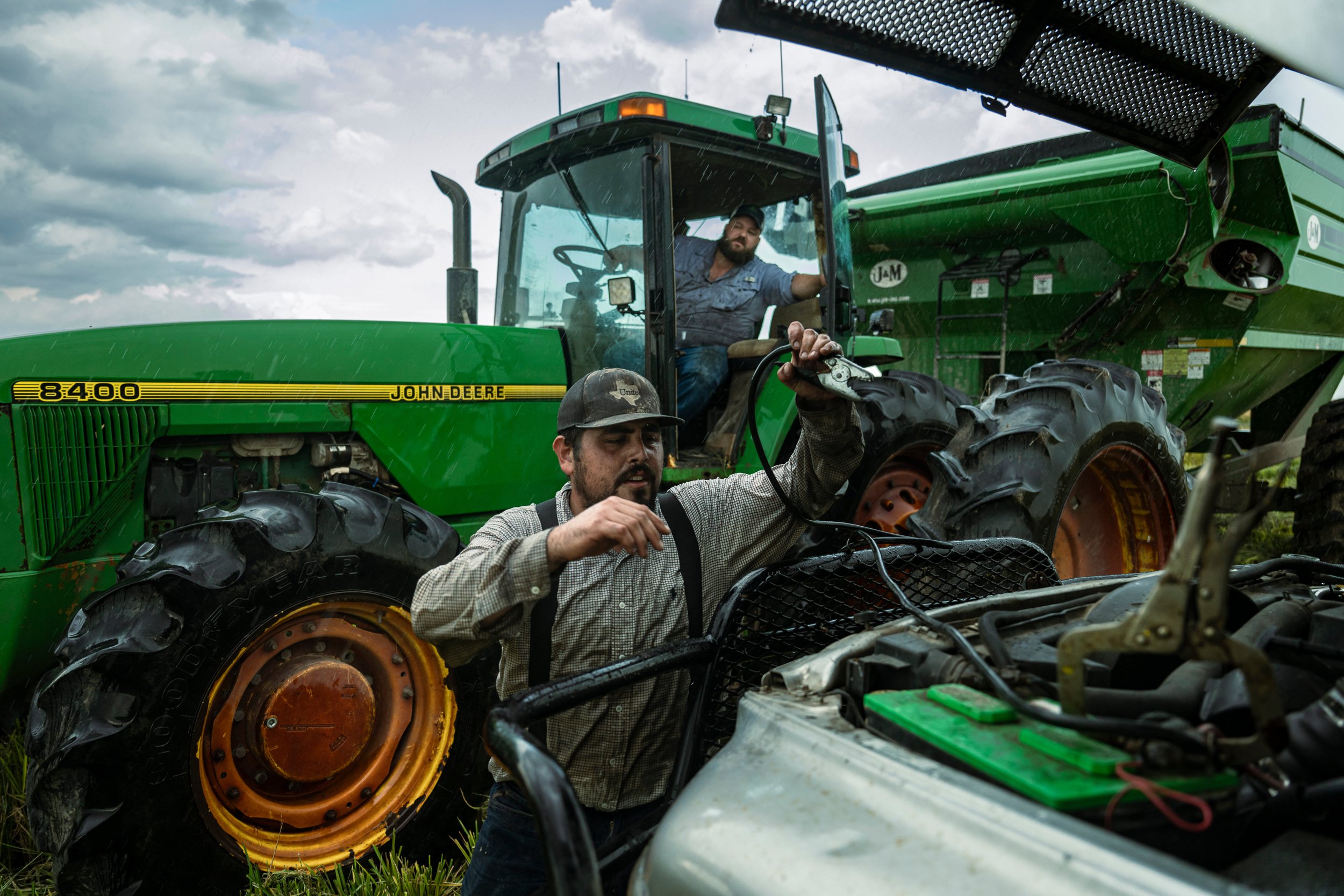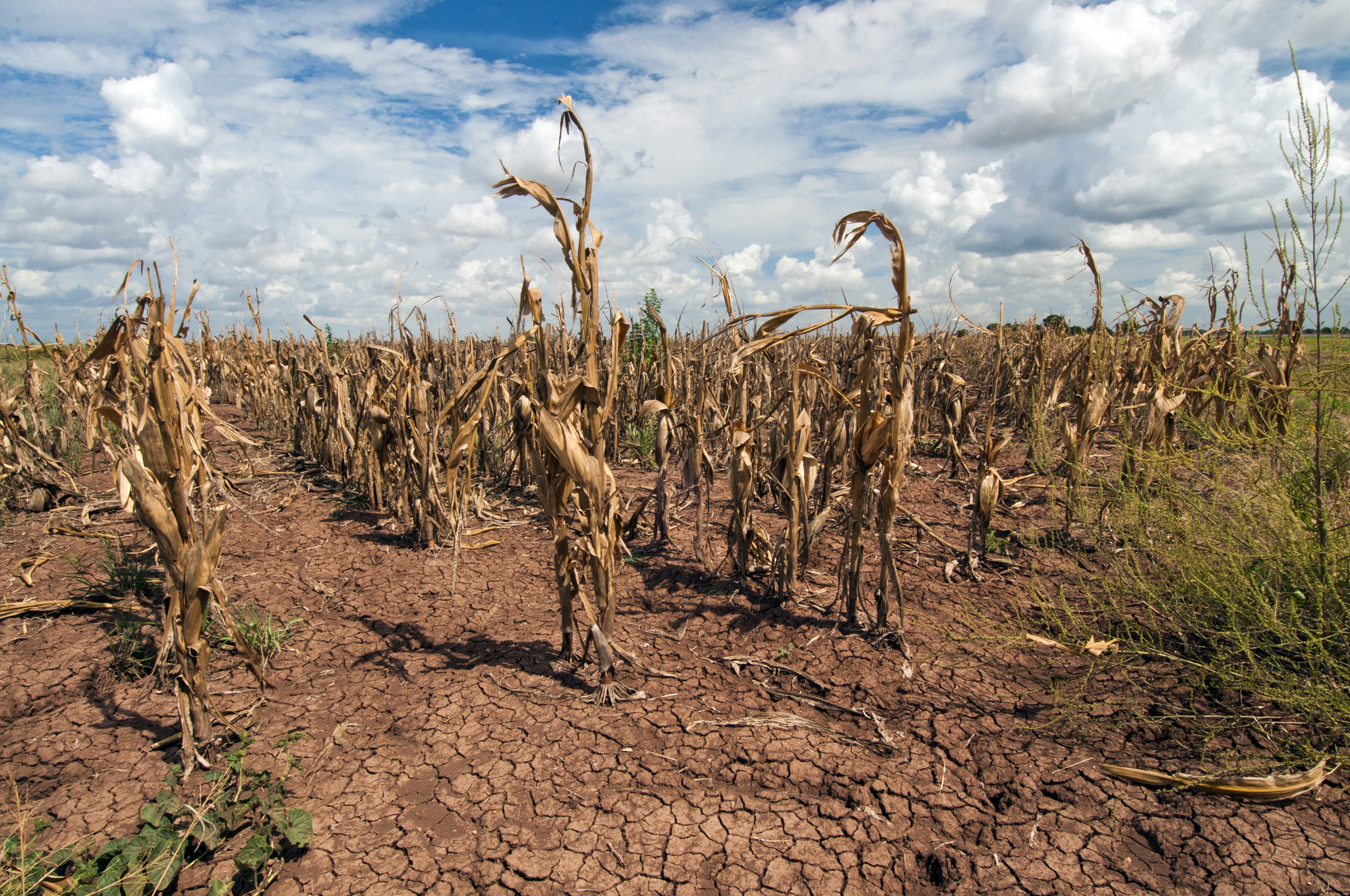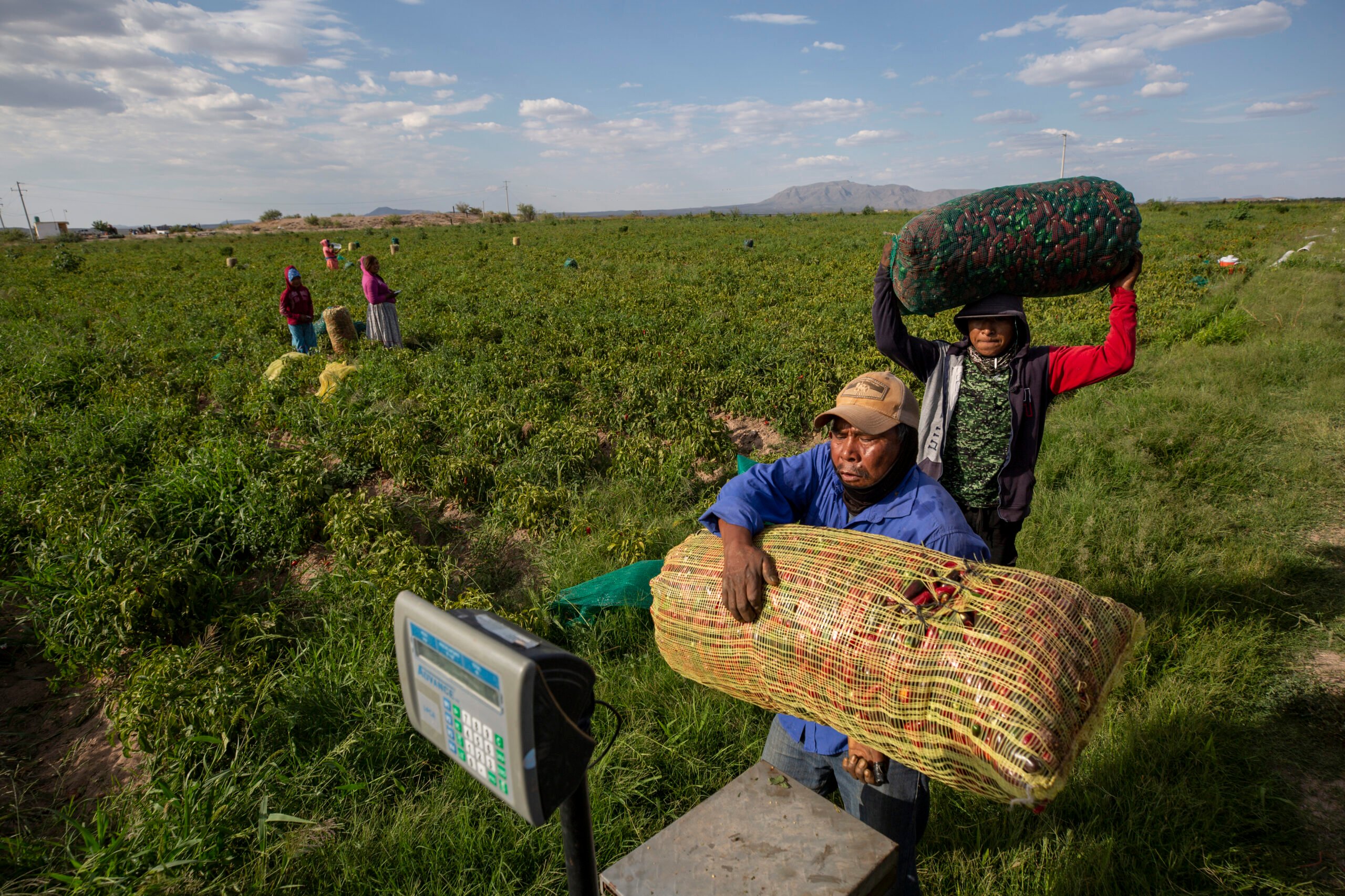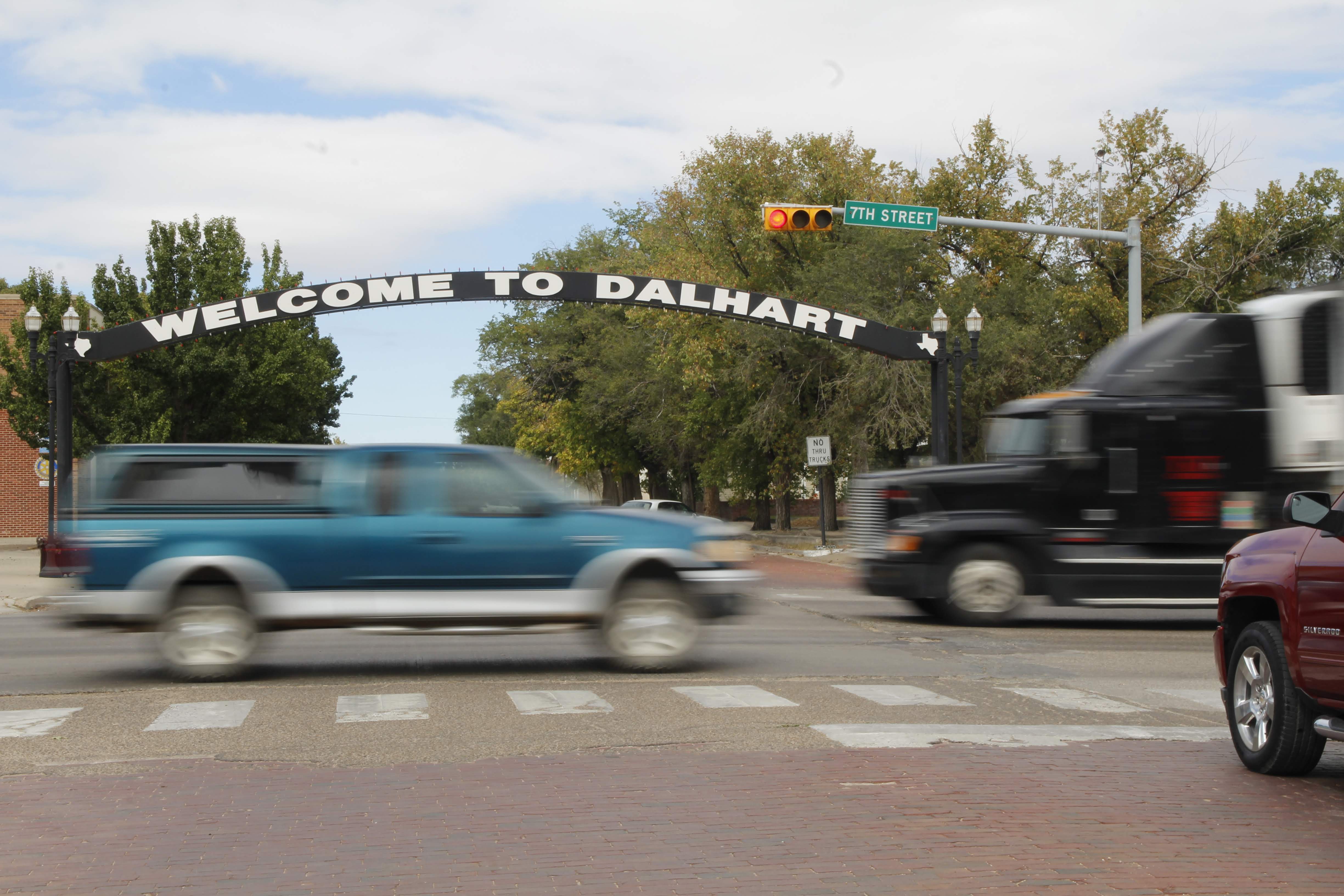
At 1 a.m., after many rural Texas towns have turned in for the night, a light but steady stream of traffic rolls through the main drag of Dalhart, a Texas Panhandle town of 8,300. There’s a line for coffee at the Toot’n Totum downtown. Idling pickups and rattling trailers punctuate what would otherwise be a quiet, country night. It’s now that a small army of Mexican and Guatemalan laborers load into tractors and trailers, driving on gravel roads until they reach the potato furrows of Larsen Farms, a 3,700-acre operation just west of Dalhart. On one blustery October night, a bracing wind laced with the stench of cow manure whips through the treeless expanse. The only light comes from the high beams of the tractors plowing up the tubers and the encumbered trailers hauling them from the fields back to massive warehouses closer to town. Because the fragile-skinned potatoes can’t be harvested in the daytime heat, the workers toil when temperatures allow.
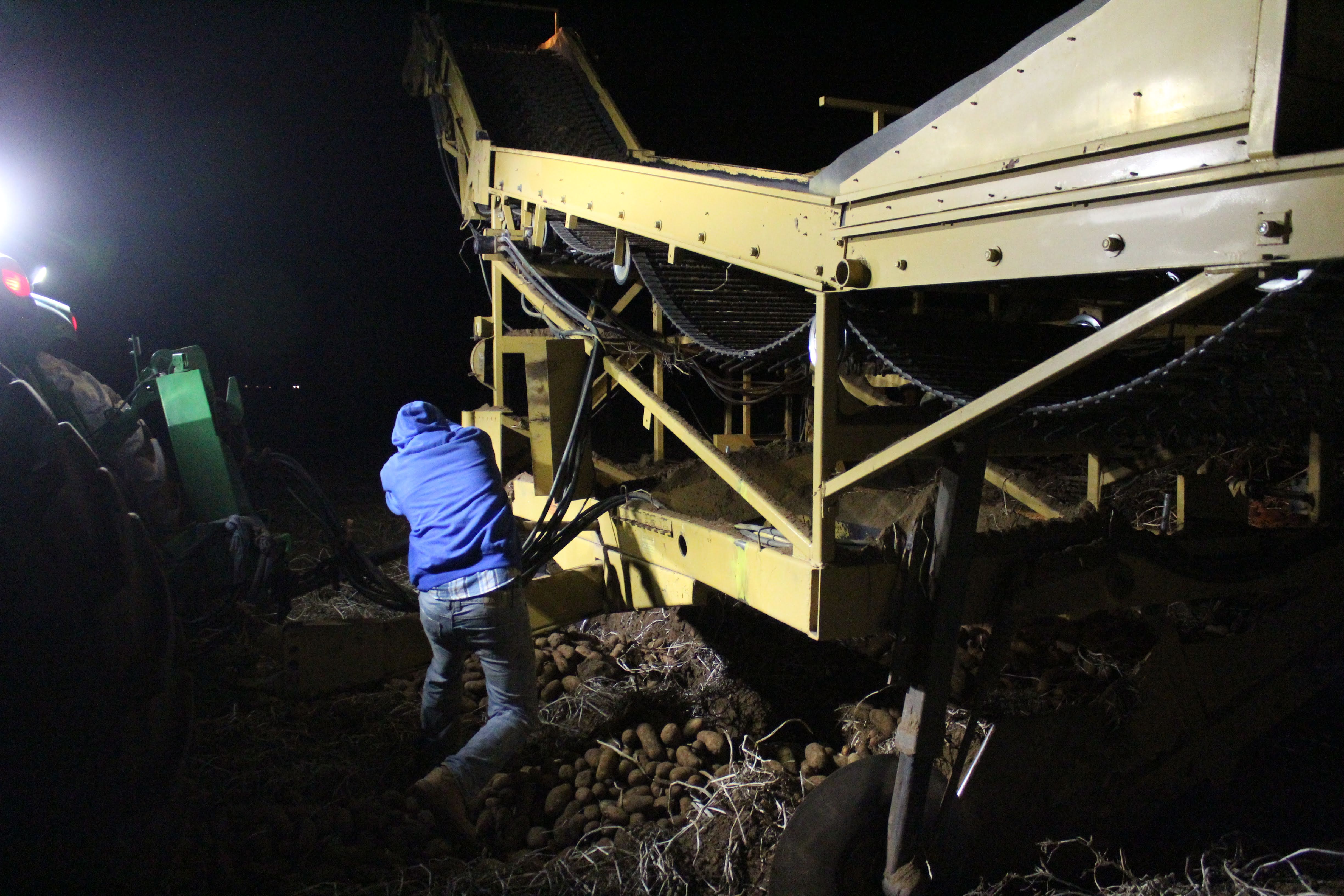
As tractors outfitted with conveyor belts churn the potatoes from the earth and shoot them into open tractor-trailers, Luis Ramos tails the machines in a pickup. The 44-year-old from Durango, Mexico, monitors the harvesting teams and fixes mechanical problems with the machinery. Other workers operate the harvesting equipment, while still others sort bad potatoes from good. The hours are rough, sometimes 1 a.m. to 3 p.m., and the pay’s not great, usually less than $12 an hour. Most U.S. citizens just don’t want the work. But for Ramos, the logic is inexorable: “What I make here in a day, I can’t make in a week back home.”
Ramos and other immigrants have helped transform many dying Panhandle towns into agricultural boomtowns, injecting economic and social vigor into communities with uncertain futures. Despite a decline in native-born residents, a belt of communities in the Panhandle — Dalhart, Sunray and Dumas — and several others near the Texas-Mexico border are growing. Dalhart has grown 7 percent from 1990 to 2016, even as the native-born population has dropped 9 percent. Hispanics, primarily of Mexican descent, now make up 39 percent of the town’s population. The Center for American Progress, a Washington, D.C.-based think tank, released a report earlier this year tracking immigration in rural America, finding that immigrants were “putting communities on a path to prosperity” by mitigating population loss in small towns. Statewide, Texas added 400,000 residents in 2017, bringing its total population to 28.3 million. About one-quarter of that growth is attributed to international migration.
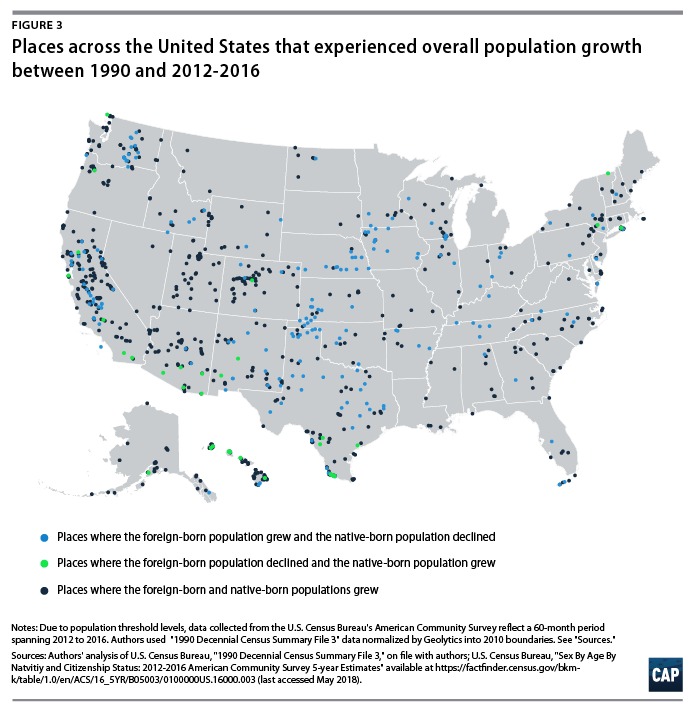
But Texas’ population gains haven’t been distributed equally throughout the state, and some parts of rural Texas have been left out. In Lorraine, for instance, the small farms that once drove the economy in this Big Country town of 582 people have dried up, and many folks have left. Storefronts downtown are mostly vacant, boarded up or demolished. The local public school, which serves K-12 and an unusually high number of homeless students, is one of the few institutions left. Even the churches can’t fill their sanctuaries anymore. The tiny community of Crowell, located 80 miles west of Wichita Falls, has seen its population dwindle by half since 1950. “It’s just headed in the wrong direction,” one resident told the Dallas Morning News in 2015. “You can feel it.”
It’s a different story in Dalhart, tucked into the Panhandle’s northwest corner. A digital billboard on the town’s main drag flashes job offers for hotels, farms, dairies and trucking companies. Cattle trailers, RVs and hay-hauling pickups whoosh by endlessly; pedestrians actually have to use the crosswalk to get across safely. The storefronts downtown are occupied by banks, clothing shops, art galleries and theaters — on weekdays, you can barely find a place to park.
What I make here in a day, I can’t make in a week back home.
Though Dalhart’s economy has been “fairly stable” since the 1980s, Dalhart Mayor Phillip Hass said he and other city officials trace the town’s current economic success back to 2008. That’s when the city lured California-based Hilmar Cheese to build a new processing facility on the northeast side of town; the plant employs at least 200 people. Dairies, drawn by the promise of a steady demand of milk for cheese production, soon followed, in turn creating a convenient market for grain farmers who grow the cattle’s feed. Of course, someone has to haul all of that cheese, milk and feed — trucking companies have sprung up in the area to ferry commodities back and forth between the industries. They’re all dependent on immigrant labor to get the work done, which is why people here are “embracing” their new neighbors, Hass said.
“I think the most important things are cooperation, open-mindedness and a desire to improve the community as a whole,” he said.
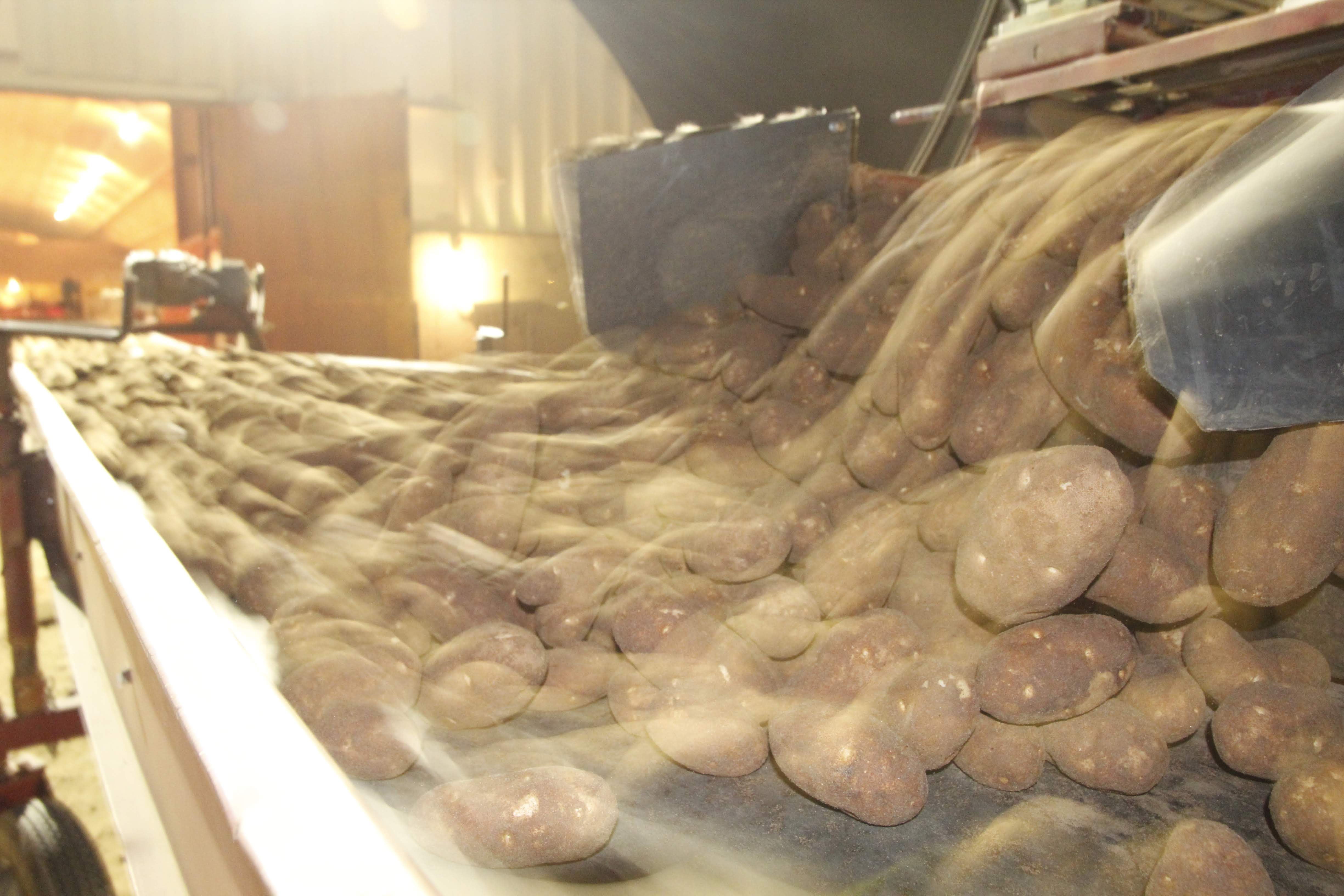
The immigrants mostly come from Mexico and Central America, though there’s a population of workers from South Africa, too. Some of the immigrants, often undocumented, live in the area year-round. Others are on nine-month work visas and bounce back and forth between Dalhart and their home countries. They send much of their earnings home to their families, but some is spent in town, too, on clothes, gasoline, food, beer and lodging. Mexican restaurants and bakeries have popped up to cater to the immigrant population. One motel in Dalhart stays booked with immigrants on work visas; in Dumas, 40 miles east, Larsen Farms pays hotel lodging for its workers. Housing is stretched so thin in Dalhart that the city council is considering loosening building code rules so that additional homes can be built more quickly.
One business given life by the immigrant population is Taquería Dalhart, an inauspicious little restaurant that bustles at lunchtime with customers ordering plates of tacos al pastor or barbacoa. The owner, Ismael Sandoval, a 34-year-old from Zacatecas, Mexico, dreamed for years of having his own restaurant. After working as a cook in Colorado and a butcher in Utah, he moved to Dalhart five years ago on the advice of some friends. He rented the building that’s now his taquería — it didn’t even have electricity at the time — and began selling hot dogs from a Coca-Cola refrigerator out front. When he added tacos al pastor to the menu, the business took off, and he now owns the building. Many of his best customers are immigrants themselves. Ramos, the mechanic, said Sandoval’s taquería is the best one in town.
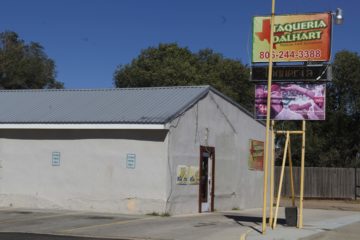
Sandoval’s story is the epitome of the rags-to-riches tales Americans tend to fetishize. He grew up on a tiny rancho where his parents sowed corn, but without irrigation they were totally dependent on scant rainfall to make a harvest. To make ends meet, Sandoval’s father went to the United States to work. Sandoval left school in ninth grade to work at a jeans factory in Aguascalientes for $50 a week. Now he’s a small business owner and a job creator for his handful of employees. “This was my dream for a long time,” Sandoval said.
In addition to generating a demand for authentic Mexican food and amenities like gasoline and lodging, Dalhart’s immigrants also create a market for boutique industries. At Angelica’s clothing shop downtown, sequined, glittery gowns are marketed as prom and quinceañera pieces. Angelica Meraz, the shop owner, said her business saves some families an 85-mile trip to Amarillo for dress shopping and keeps money in the local economy. Julie Ferrera, editor of the twice-weekly Dalhart Texan, remarked that upon visiting a dance studio in town recently, “The little 3, 4, 5-year-old girls, are all immigrant children. No joke. Cute as a button, all of them. But it was surprising to see that many.”
But Dalhart’s economic success comes with a cost: Immigrants generally work for low pay, few benefits, and are at high risk for physical injury.
Rose Gaines, a U.S. citizen born in the Panhandle town of Littlefield, said she took a job several years ago sorting potatoes at Larsen Farms. It took only a few hours, Gaines said, before she was fed up with a supervisor haranguing her to speed up, and she quit. Gaines said she still has a few immigrant friends who work there; they report their frustrations to her, including shifts that change without warning and a lack of breaks. “I don’t think it’s right,” Gaines said. “But the people are scared. They don’t want to lose their jobs because that’s how they send money to Guatemala or wherever.”
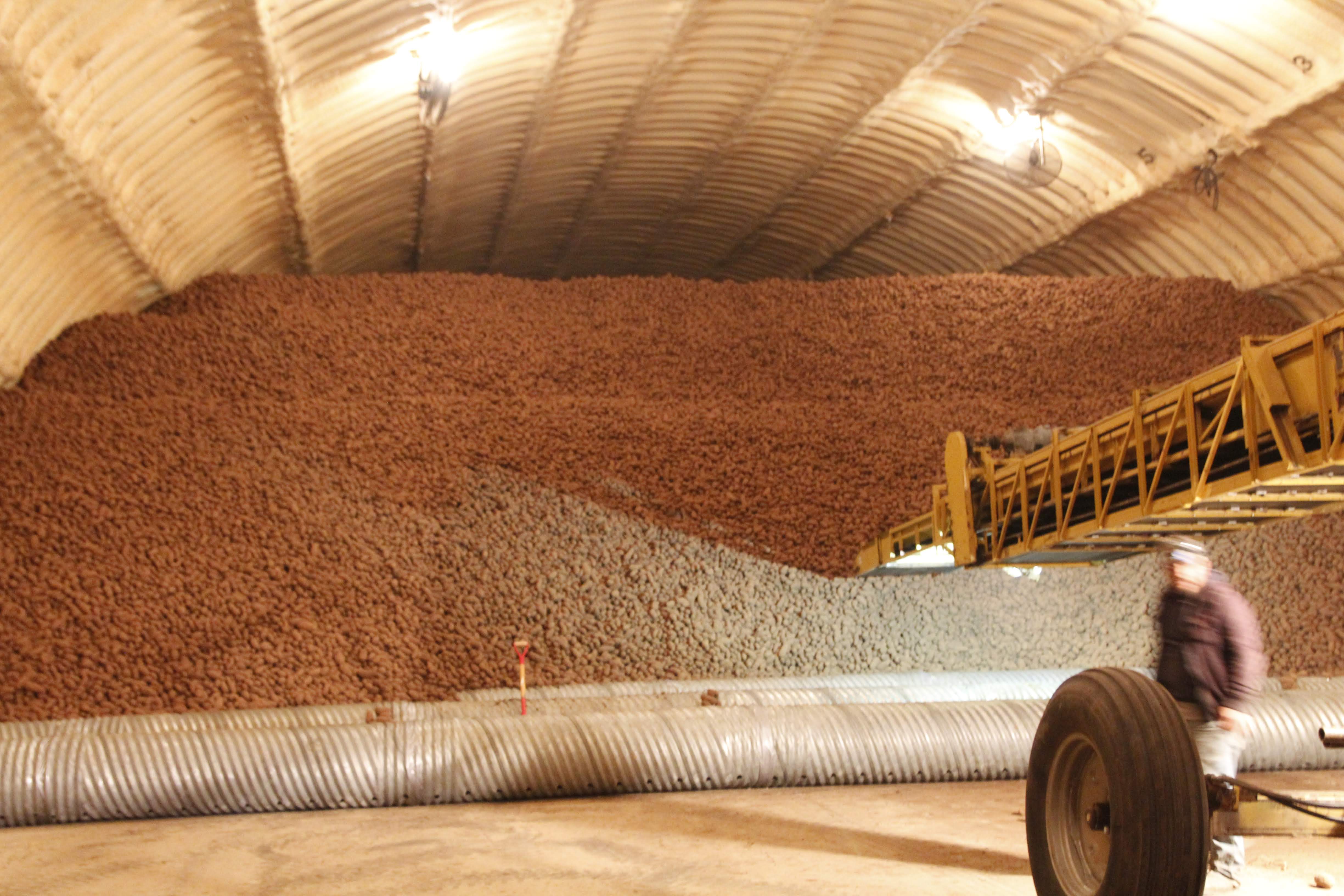
The Panhandle’s booming agriculture industry — and the steady stream of immigrant workers who keep the whole machine running — is the outgrowth of grinding poverty in Mexico and Central America, where the best working-class jobs are often at foreign-owned sweatshops located there specifically for the cheap labor. A bitter irony is that, in many cases, the immigrants reviving rural Texas have left behind stagnant and dwindling rural towns in their home countries. NAFTA famously put some two million Mexican small farmers out of business, and there’s been no recovery.
Take the case of Ramos, the Larsen Farms repairman. From rural Durango, he grew up on an ejido, a property communally owned by some 600 people. It’s an ownership system borrowed from the Aztecs, and re-established after the Mexican Revolution. Some people on his ejido try to farm, but they have no irrigation, and climate change is slowly desertifying Northern Mexico. “The first obstacle is there’s no water,” Ramos said, adding that the government doesn’t help small farmers make ends meet. Kids there rarely reach high school. Many drop out or have to bus long distances, an expensive endeavor for poor families. That’s what spurred Ramos to come to Texas six years ago with his wife and son: the fear that he couldn’t provide his kid an education.
U.S. citizens living in the Panhandle don’t always show their gratitude for the sacrifices immigrants have made, or the benefits they’ve brought to the region. It’s not that there’s open hostility; none of the immigrants the Observer spoke to reported open racism or prejudice. It’s just that the locals’ open-mindedness stops at the ballot box. In 2016, President Trump won Dallam County with 81 percent of the vote; some Panhandle counties went for Trump by more than 90 percent, among his most decisive victories in the entire nation — despite being the most blatantly anti-immigrant presidential nominee in recent memory. In this year’s midterm elections, both Dallam and Hartley counties bucked the general trend in Texas and nationally by shifting further to the right, opting to send Ted Cruz back to Washington instead of the pro-immigration Beto O’Rourke.

“[Trump] did more the first 30 days he was in office than our president before him did in eight years,” said 88-year-old bootmaker Sonny Dawkins, who’s lived in Dalhart since 1950 and owns a boot shop downtown. Dawkins voted for Trump in the 2016 Republican primary and again in the general election. “I think we’re damn lucky to have him,” Dawkins said. “I voted to put him in there and I’m gonna vote to keep him in there. And if any of his kids are crazy enough to want the job, I’ll vote for them, too.”
Hass, the mayor, sees no contradiction between the area’s zealous support of Trump and their tolerant attitude toward immigrants. “You see we have a very active and strong Hispanic population — first, second, third and fourth generation — who are most likely registered Republicans with strong Christian values,” he said. “Our community is filled with a strong Christian faith which allows us to be compassionate and still believe in the rule of law.” Legal immigrants are “openly accepted” by the community, Hass added.
Immigrants have found much more hostility elsewhere in the United States: The mayor of Hazleton, Pennsylvania, declared a “war on the illegals” who were streaming into the area to find work in 2006. The city enacted an ordinance that imposed fines on landowners who rented to undocumented immigrants and suspended the business license of an employer caught hiring an undocumented immigrant. A federal judge struck the law down in 2015. A similar ordinance was passed in 2006 by city leaders in Farmers Branch, a Dallas suburb — a judge also ruled against that ordinance, and the court battle ultimately cost the city $9 million in attorney’s fees.
The federal government has played a role in targeting immigrants, too. At a meatpacking plant in Cactus, a small town about 30 miles east of Dalhart, 300 undocumented immigrants were arrested in 2007 by riot gear-clad ICE agents. The raid devastated the town, though it has recovered over the last decade. Last year, ICE detained 160 undocumented immigrants from a manufacturing plant in rural northeast Texas near Paris.
Jasmine Bustillo, a Dalhart junior high cheerleader who also plays in the band and runs track, said she has both white and Hispanic friends; racial tensions just aren’t an issue at school. “Everybody just hangs out with everybody else,” she said. But maybe it’s just easier for everyone to get along in Dalhart, where some business somewhere is accepting applications, where the tacos are top-shelf and where you can get your quinceañera or prom dress right on Main Street. From his seat at a ritzy local steakhouse, Dalhart City Manager James Stroud summed up the city’s success: “Everyone has a job to do.”
